This article by Donna C. Echols was published in the Clarion-Ledger on September, 8 2014

Pam Johnson, right, wrote the book ‘Justice for Ella,’ as told to her by Jewell McMahan, left, Ella Gaston’s best friend. (Photo: Special to the Clarion-Ledger)
Once in a while, life hands you an opportunity to do something very special. In Pam Johnson’s case, life handed her a special story to tell. The story is about an unlikely friendship that transcended fear, hostilities and race. It took 55 years before this story would be revealed to us in a new book called “Justice for Ella: A Story that Needed to be Told.”
“I heard my friend, Mike McMahan, tell this story about his mama and her friend at a dinner one night. All of us at the table told him that it needed to be written. I begged to write it and was lucky enough to be picked,” Johnson said. Justice for Ella is a rare view inside the friendship of two women, one black and one white, from the early years of the Civil Rights era.
When asked what inspired her to tell this story, Johnson said, “It was a fabulous story about two gutsy women and it had a ready-made dangerous and funny plot line. It was one of those things where we’d say now, ‘You just can’t make this stuff up.’ “
There was conflict and uncertainty around Ella Gaston and her husband, Nelse, as they journeyed through these tumultuous times and I could feel it through the words written on each page. My heart would even race, and I would feel nervous as I read through some of the difficult situations and terrifying moments that Ella and her friend Jewell found themselves.
Johnson believes that the “take away” message in this story for people today: “You don’t have to be a rock star to stand up to injustice. These two determined women were ordinary people who did what they could, and they prevailed. Right has a way of doing that.”
Right has a way of doing that … perhaps the most understated comment of all as Ella and Jewell’s journey took them through fears of losing their children, of imprisonment without justification, of retaliation. Yet through it all, their friendship remained strong as these two women faced hatred, racism, and an uncertainty in a setting about to erupt as the Civil Rights battles raged on.
“As a former newspaper reporter and English teacher, even I was not prepared for the sheer discipline and labor involved in putting together a book,” Johnson said when asked what it was like to sit down and write a book. “It has to make sense and stream forward in every detail, while at the same time being readable and compelling. I often prided myself as a teacher on making sure my students understood the value of documented resources. But I confess at the end of my research on the book, I was wishing for index cards.”
Editing took a lot of time, too. “There is a lot of good writing sitting in a drawer in my office that will never see print,” she said. “I also learned the value of an egg timer,” she said. “I would set my timer for an hour and write through it. Take a break. Set it again, and keep writing. Sometimes, I would write for six hours in a day.”
These comments show the tenacity it takes to finish a book that involves so much research and so many interviews. It was a tedious process that at the end of the day revealed a gripping, page-turning, compelling, emotional, heart-warming book like Justice for Ella that perfectly illustrates the depth of friendships.
After getting my copy of Justice for Ella, there was no sleeping or eating or work to be done until I was finished. Every character in the book was a thoroughly described, three-dimensional person. They were easy to visualize. The personalities and heart-pounding drama jumped off every page as I quickly turned them to see what was going to happen next. I could even smell and taste the Sunday fried chicken as it was described in delicious details. The suspense of whether Ella would be sent to jail or Jewell would get caught helping her friend made me hold my breath waiting to see what happened to them. Reading such an energetic account of what lengths a friend would go to help another during some very dangerous times was riveting. After this, I had to know if there was a second book in store for Johnson’s readers.
“I do have an idea in mind based on a recent true story from my hometown of Mount Olive. I am still working on fleshing out the storyline to submit for consideration,” Johnson said. “I could probably write a political thriller, but it would have to be a work of fiction. Too many of the characters are still alive.
“Even though I was a child during the Civil Rights era, like most white Southern children of the time, I was exposed only to carefully edited television reports, an occasional Life magazine lying around, and dinner table conversation,” Johnson remembered. “I learned more about our Civil Rights history than I ever imagined I would know, or really hoped to know, while researching this book. Even with my experiences as an adult in areas promoting racial understanding and communication, nothing prepared me for the sheer pervasiveness of Jim Crow through the lives of all Mississippians — black and white. It pains me to see blatant remnants of those times still being paraded and parroted by people who should know better.”
The heroines in Justice for Ella braved the odds and defied status quo. I asked Johnson if she saw herself in these women, these friends, these Mississippi folks who bravely protected and looked after each other during a dangerous time in our state’s history. Johnson answered, “In my office, I have a magnet with a picture of Han Solo that states ‘Never Tell Me the Odds.’ That pretty much sums up an approach I’ve taken in life — sometimes with great outcomes, and many times with, shall we say, ‘learning opportunities.’ My eagerness to write the book stemmed in great part from that attitude and believe that the Lord always has my back. I think both of these women had the same way of looking at challenges, and they worked with whatever was available to them to overcome very steep odds.”
Asked if she was ever nervous about researching and writing this story, Johnson said that at times she was. “As a person with an often reckless sense of capability, I wasn’t nervous. I realized about halfway in that I should have been,” she said.
This book, Justice for Ella, was inspirational for me as I read it. I was curious if that was true for Johnson, and what was the most encouraging part of Jewell and Ella’s journey for her. She said, “There were many occurrences displaying raw backbone in this story, but I have to say the hospital trips were the most blatantly courageous actions in the narrative. Ella was made to get grossly sick. Both women were risking arrest for interfering with the court proceedings. That’s the reason the story had been in a virtual vault for five decades.”
We have so many famous Mississippians as literary giants, world famous musicians, a plethora of athletic talent, and in countless other categories. What does this story tell you about Mississippians and their willingness to do great things without regard to consequences? “I think there’s a streak of ‘fearless’ in all of us. Sometimes it works out well; sometimes, not so much, Johnson said. “We seem to enjoy our common profile of courage in the face of giants — be they human, societal or economic. It appears to me that this commonality runs through just about all of us — in every demographic group.”
While we can’t change the history of our state, what are some things that Ella and Jewell’s friendship can teach us? Johnson said that recognizing and honoring each other on a human scale is essential to our survival and progress. “Categorizing and demeaning our fellow travelers does not make for a cohesive, kind and successful way of living, in my opinion.” “I am very grateful to the McMahans and the Gastons for their unending support and patience while I was researching and writing, Johnson added. “The families had held this story a close secret for over 50 years, and it was a wonderful experience to help them shine the light on their mamas’ courage.”
REMINDER… Pam Johnson’s book signing for Justice for Ella will be Thursday, Sept. 18, at Lemuria Bookstore beginning at 5 p.m. If you can’t make the signing, call Lemuria (601-366-7619) and order a book. The author will be happy to sign it for you.
Tweet your thoughts to @TheDonnaEchols, and we’ll see you at the book signing!
 Tom Piazza’s “Free State” offers a fascinating study on the nature of freedom in the guise of a thought-provoking novel.
Tom Piazza’s “Free State” offers a fascinating study on the nature of freedom in the guise of a thought-provoking novel.


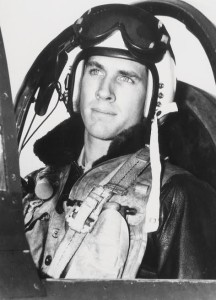
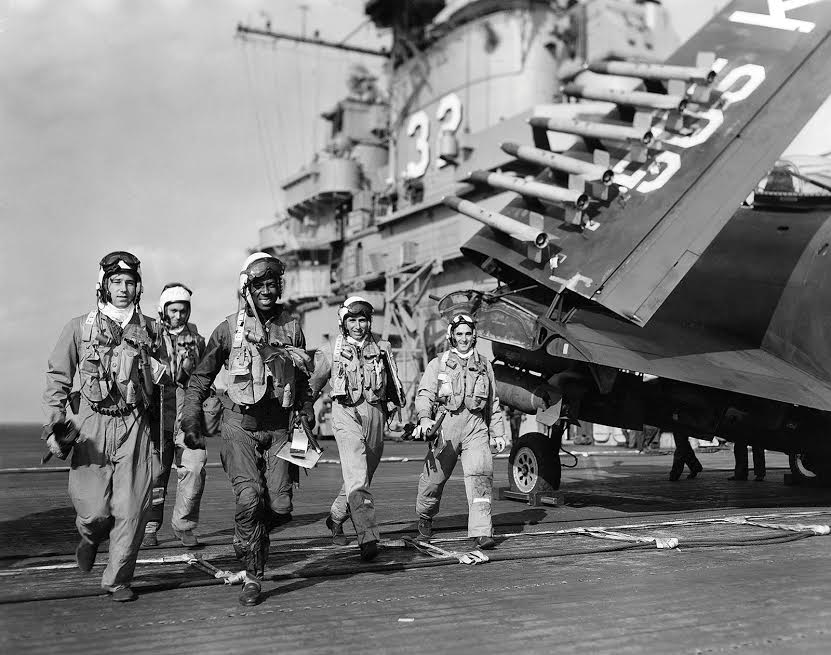
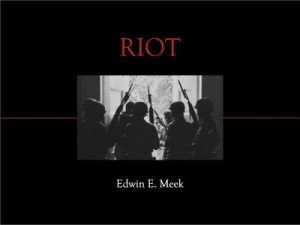
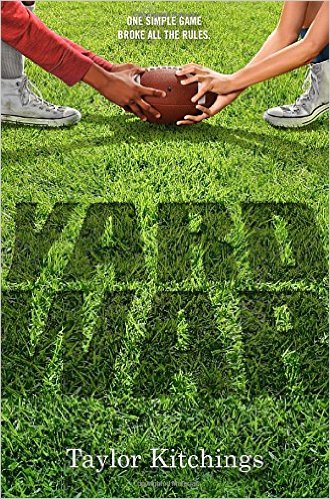
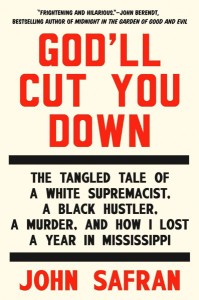
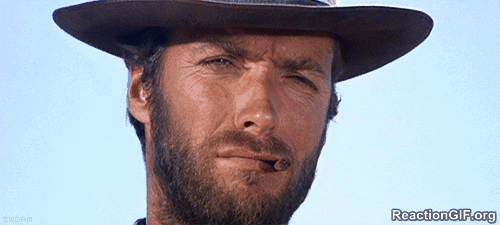
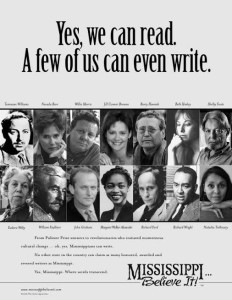












 Perhaps the best argument about the poverty of our public understanding of the Civil Rights Movement comes in Jeanne Theoharis’ essay about Rosa Parks and Coretta Scott King. These two iconic figures, who died just a few months apart in 2005 and 2006, received unprecedented public memorials. But in both cases, most of their careers were ignored in the numerous tributes and eulogies.
Perhaps the best argument about the poverty of our public understanding of the Civil Rights Movement comes in Jeanne Theoharis’ essay about Rosa Parks and Coretta Scott King. These two iconic figures, who died just a few months apart in 2005 and 2006, received unprecedented public memorials. But in both cases, most of their careers were ignored in the numerous tributes and eulogies. Coretta Scott King was not simply a dutiful wife, but rather was a longtime peace activist who pushed her husband to come out against the Vietnam War. While she ended her own autobiography with her husband’s death, Coretta spent the next four decades continuing to fight against injustice and war. When looked at closely, the careers of these celebrated women are far more compelling that the bit parts they are given in the civil rights narrative.
Coretta Scott King was not simply a dutiful wife, but rather was a longtime peace activist who pushed her husband to come out against the Vietnam War. While she ended her own autobiography with her husband’s death, Coretta spent the next four decades continuing to fight against injustice and war. When looked at closely, the careers of these celebrated women are far more compelling that the bit parts they are given in the civil rights narrative.
 In the end, Crosby and her colleagues seek to change the way the civil rights movement is taught and understood in America. Crosby points to the seminal
In the end, Crosby and her colleagues seek to change the way the civil rights movement is taught and understood in America. Crosby points to the seminal  Thank you to Dr. Stuart Rockoff for kindly sharing his review with Lemuria Blog. He currently serves as the Vice-President of the Southern Jewish Historical Society and is working on a general history of Jewish life in the South.
Thank you to Dr. Stuart Rockoff for kindly sharing his review with Lemuria Blog. He currently serves as the Vice-President of the Southern Jewish Historical Society and is working on a general history of Jewish life in the South.